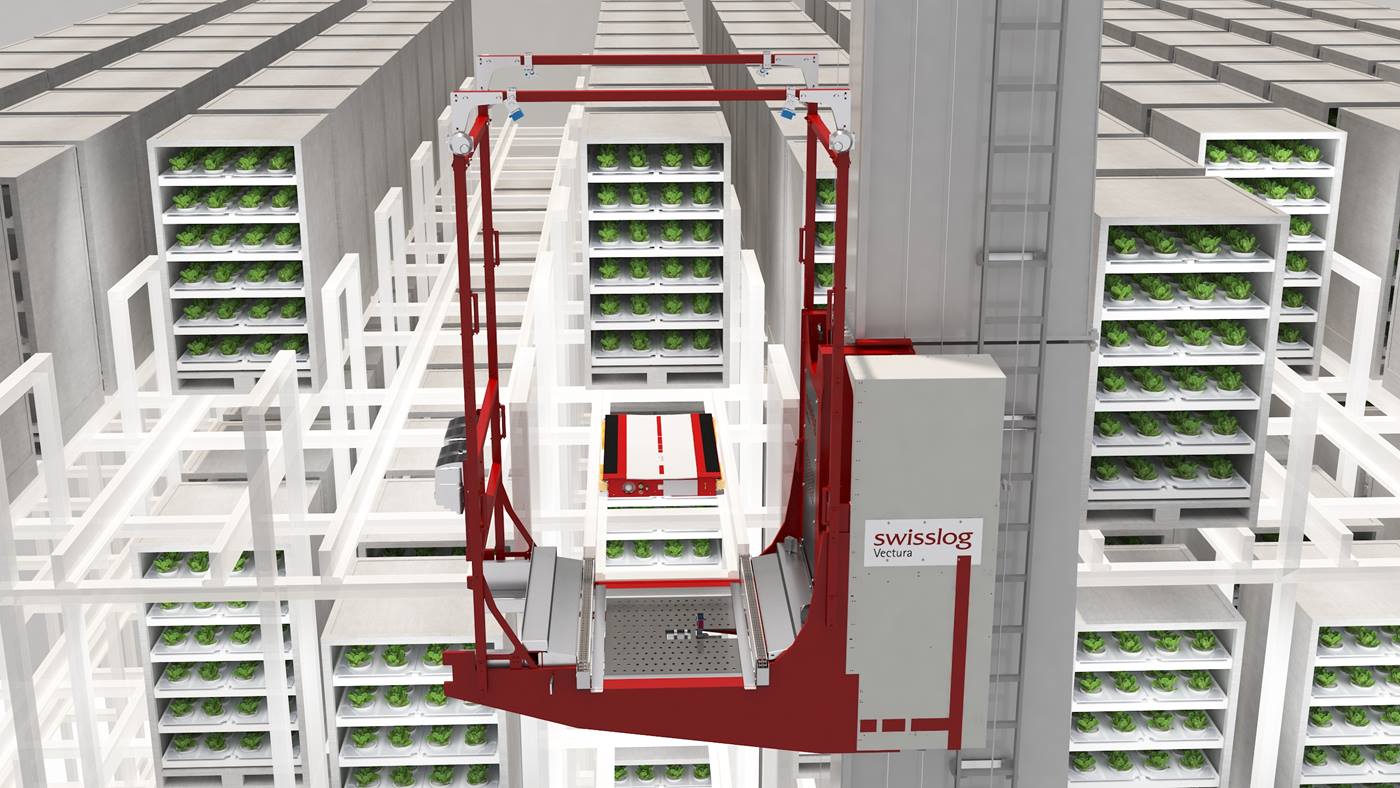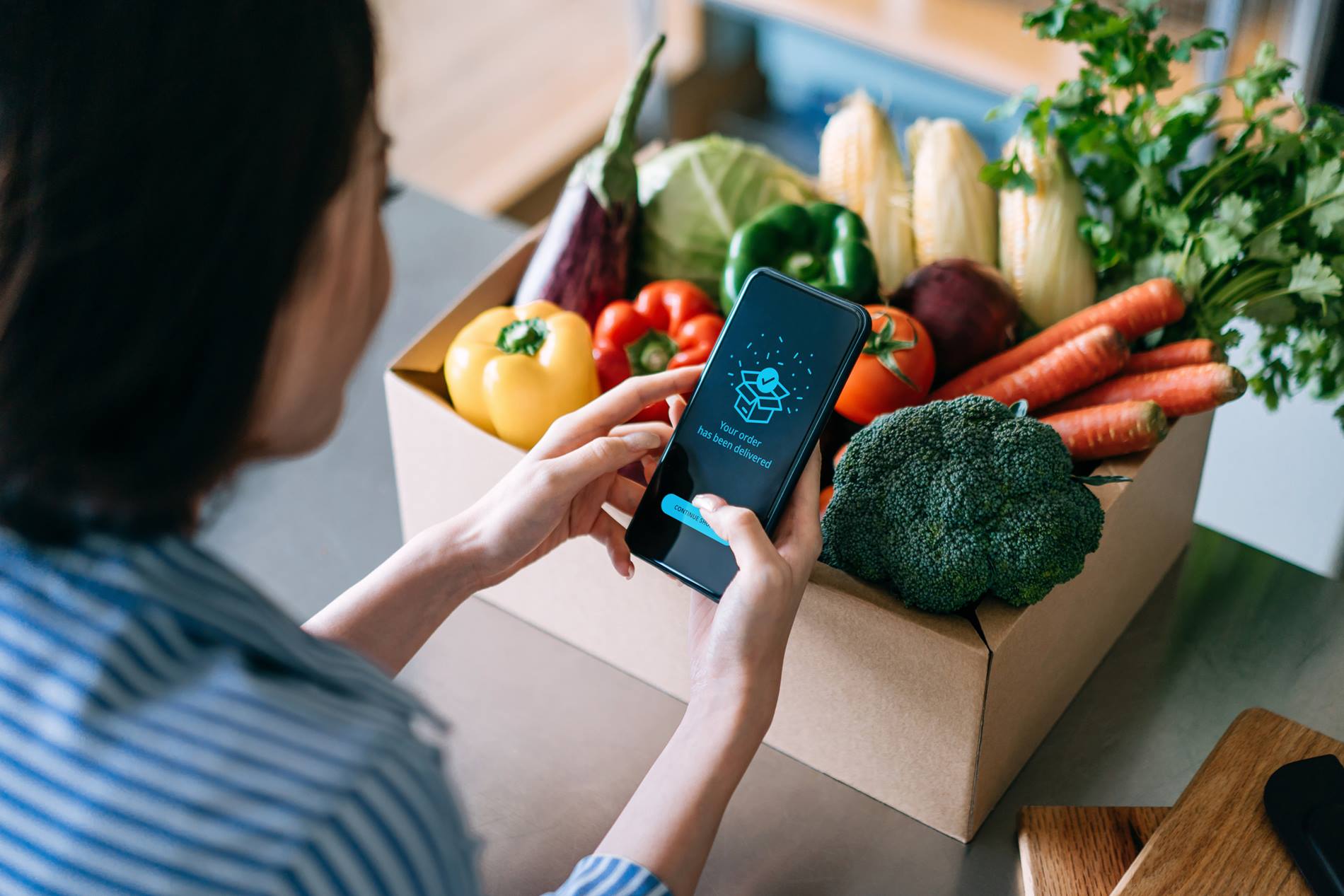Six Mega Trends Shaping the Future of the Food Supply Chain

1. Dealing with Climate Change
2. Meeting the Needs of a Growing Population
3. Reducing Waste

4. Emergence of Controlled Environment Agriculture
Another development that shows promise is controlled environment agriculture (CEA), which is the growing of crops in a controlled environment that enables reduced pests and disease, increased efficiency and increased yield. A particularly promising form of CEA is indoor vertical farming.
Indoor vertical farms can save 90-99% of the land, water and fertilizer used in traditional farming and require no pesticides or insecticides. Because it’s so space efficient, it also supports moving production closer to consumers, reducing transportation requirements and meeting growing consumer interest in foods produced locally.
5. Changing Food Consumption Patterns
The changes that have emerged in food consumption habits in recent years are likely to continue to grow and become more of a force in driving changes in the food supply chain.
These include the growth in organic products, an increased preference for locally sourced foods, and growth in the number of consumers identifying as vegan and vegetarian. Twenty-six percent of millennials, the largest consumer demographic today, are eating vegan or vegetarian.
The current food supply chain, which depends largely on centralized production of crops that are transported long distances to retail stores, may not be well suited to meet the demands of these consumers, creating opportunity for smaller producers serving local markets.
6. Changing Consumer Shopping Habits
We’ve managed to get this far in our review of trends without mentioning the global pandemic, but there is no denying the pandemic created changes that will have a lasting impact on the food supply chain. One of the most significant was the acceleration of e-commerce in grocery retailing. Demand for e-grocery services exploded during the early days of the pandemic and there seems to be no turning back now.
That’s because e-grocery services didn’t just address consumers’ concerns about safety, they tapped into latent consumer dissatisfaction with grocery shopping. Half of consumers say that they feel stressed by shopping in stores and e-grocery services have the potential to alleviate that stress if grocers can refine ordering and fulfillment processes to deliver a more seamless and hassle-free experience. Simultaneously, the retail experience will continue to evolve to become more relaxing and experiential.
Preparing for What’s Next
The hardest thing about predicting the future is getting the timing right. As a society we tend to overestimate the amount of change that can happen in a year and underestimate the change that is possible within ten years.
Several of the trends presented here pose real threats to the food supply chain and may require significant government and private investments to minimize their impact. But the alternative of simply ignoring these trends is becoming less feasible. We need to begin to take steps to prepare for the future of the food supply chain and that future will almost certainly rely more heavily on automation, which will be the subject of our next post.











